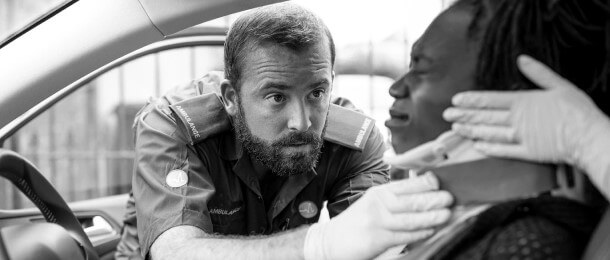News: 3 firefighters hospitalized after Hwy 47 crash in Uxbridge
UXBRIDGE, ON – Three firefighters were sent to a hospital after a crash on Highway 47 in Uxbridge on Monday,...
Hit-and-run accidents are an unfortunate reality in Toronto, leaving victims with physical injuries, emotional trauma, and financial burdens. When the victim of a hit and driver flees the accident scene, it can be challenging to seek justice and claim compensation for damages. If you have been involved in a hit and run incident, understanding the necessary steps to protect your rights is crucial to get the best possible outcome.
At Grillo Law, we specialize in personal injury claims and have successfully represented hit-and-run victims in Toronto and across Ontario. This guide will help you navigate that aftermath of being involved in a hit-and-run accident, ensuring you take the right steps to strengthen your claim and secure the compensation you deserve.
A hit-and-run accident occurs when a driver involved in a collision leaves the scene without stopping to provide their contact information with police or assist injured individuals. Under Canadian law, this act is a criminal offence and can lead to severe penalties, including fines, jail time, and licence suspension.
Hit and run car accidents can occur in various situations, including:
Regardless of the circumstances, victims should take immediate action to collect evidence, protect their rights, and pursue compensation.
Under the Criminal Code of Canada, fleeing the scene of an accident is a serious offence that can result in:
If the driver or other vehicle that caused the accident is not found, victims may still be eligible for compensation through:
1) Their own insurance policy (via uninsured motorist coverage).
2) The Motor Vehicle Accident Claims Fund (MVACF): An Ontario program that compensates victims of uninsured or hit-and-run drivers.
It may be tempting to follow the car that leaves the scene, but this can be dangerous and illegal. Instead, stay at the scene and focus on gathering evidence.
After a serious hit and run accident, it is important to stay calm and assess the situation. Ensuring your safety and that of others involved is the first priority.
After an accident, seeking medical attention is crucial, even if you don’t feel injured right away. Many injuries, such as whiplash, internal bleeding, or concussions, may not be immediately apparent due to adrenaline and shock. Prompt medical care can help diagnose hidden injuries and create a medical record, which is crucial for your insurance company, claim, and legal case.
Seeking timely medical attention not only safeguards your health but also strengthens your claim to car and insurance coverage and for compensation. After receiving medical care, your next step is to have someone call the insurance company or police to report the accident and begin the legal process.
In hit-and-run accidents, witness testimony can be invaluable in helping identify the fleeing driver, proving liability, and supporting your insurance claim or legal case. Witnesses may provide details you missed, such as partial licence plate number, vehicle description, or other driver’s actions before the crash. Here’s how to properly gather witness evidence at the accident scene:
It is important to document the scene, note any vehicles involved, if it was a vehicle collision or a pedestrian accident, if you or other suffer injuries, and if the driver leaves the scene. It is important to call the police and make sure you give a detailed statement to the officers. This will help you strengthen your claim and receive the compensation you deserve.
If the at-fault driver fled, your ability to seek compensation depends on your auto insurance policy and coverage.
1) Report the Accident Immediately
2) Insurance Cover Options for Hit-and-Run Claims
3) Be Careful What You Say
4) Next Steps in the Claims Process
5) If Your Claim is Denied
If you’re struggling to get compensation after a hit and run accident, consulting a personal injury lawyer can help you protect your rights. A lawyer ensures you navigate the legal process effectively, maximizing your choices of a fair settlement.
At Grillo Law, we have experienced lawyers who specialize in personal injury, hit and run accident claims and personal injury cases. Contact us for a free consultation to protect your rights and secure the compensation you deserve for personal injury.
An accident lawyer can:

Blog
UXBRIDGE, ON – Three firefighters were sent to a hospital after a crash on Highway 47 in Uxbridge on Monday,...
HAMILTON, ON – A crossing guard was killed in a crash involving a trash truck in the Hill Park area...
BRAMPTON, ON – A man was left in critical condition as a result of a pedestrian crash that happened along...

Request a free consultation!
Call us today for a FREE consultation regarding your accident benefits claim.
Call: +1 855-225-5725
You will not pay any fees
until your case is won or settled
REQUEST A FREE CONSULTATION!
You will not pay any fees until your case is won or settled.
Thank you!
Amet minim mollit non deserunt ullamco est sit aliqua dolor do amet sint. Velit officia consequat duis enim velit mollit.